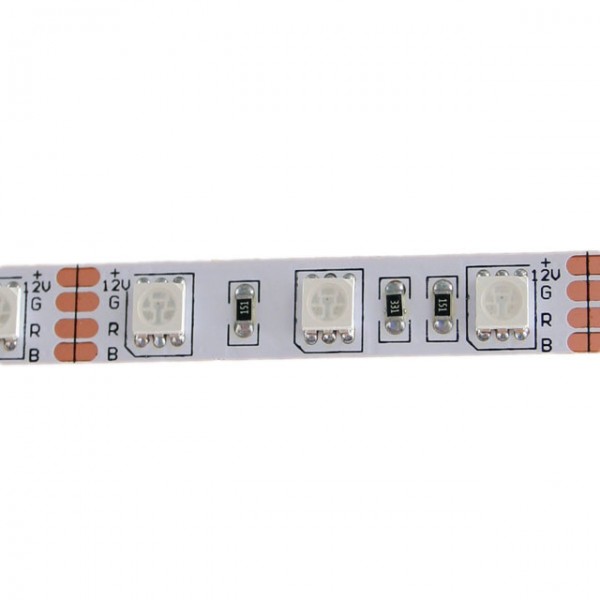A software controller for generic LED strips for the Raspberry Pi.
This software is meant to enable replacing the hardware controller and remote combo that is bundled with these strips. Hooking these up to a Raspberry Pi allows for a multitude of new possibilities:
- custom color transitions
- remote control
- integration with home automation systems
Popoklopsi has written a great tutorial on how to connect an RGB LED strip to a Raspberry Pi.
At the moment, there is no automated installation process. In order to run this project, you will need in manually install the following libraries:
With these in place, just run server.py which will start the server on port 5000.
The server works by accepting HTTP requests for program (which can be either
a static color or a name of a particular color transition type) and speed.
Examples:
curl localhost:5000/speed/1
curl localhost:5000/program/red
curl localhost:5000/program/00FF00
curl localhost:5000/program/smooth
curl localhost:5000/?speed=1
curl localhost:5000/?program=red
curl localhost:5000/?program=00FF00
curl localhost:5000/?program=smooth
curl localhost:5000/?program=smooth?speed=10
One of the main motivations of this project was gaining the ability to control LED strips from a Home Assistant dashboard.
First, we define two notification services:
notify:
- platform: rest
name: led_program
resource: http://rasbperrypi.lan:5000/
method: GET
message_param_name: "program"
- platform: rest
name: led_speed
resource: http://raspberrypi.lan:5000/
method: GET
message_param_name: "speed"
Then, we define two user inputs that correspond to the requests that our server can process:
input_select:
led_program:
name: "Program"
options:
- 'off'
- red
- blue
- green
- white
- purple
- flash
- fade
- strobe
- smooth
input_slider:
led_speed:
name: "Speed"
icon: mdi:speedometer
initial: 1
min: 1
max: 20
step: 1
We tie the two by creating two corresponding automation triggers that will call the appropriate service when the state of our inputs changes:
automation:
- trigger:
platform: state
entity_id: input_select.led__program
action:
service: notify.led__program
data_template:
message: '{{ trigger.to_state.state }}'
- trigger:
platform: state
entity_id: input_slider.led__speed
action:
service: notify.led__speed
data_template:
message: '{{ trigger.to_state.state }}'
Finally, we can groups these two together in the UI by creating a group:
group:
'LED':
entities:
- input_select.led_program
- input_slider.led_speed
And we're done. Voila!
